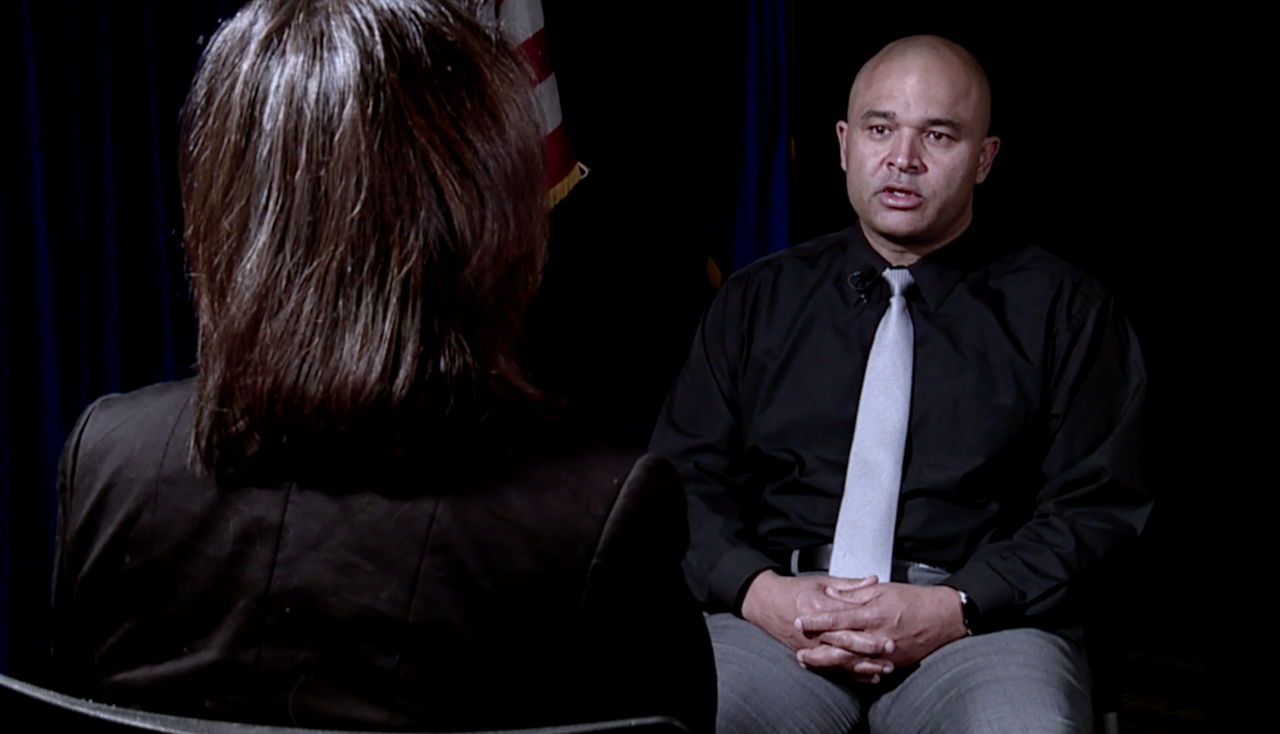LAS VEGAS (KTNV) — Solving a murder can be like assembling a jigsaw puzzle.
"It's always the smallest piece that puts the puzzle together," said Lt. Ray Spencer with the Las Vegas Metropolitan Police Department's homicide section.
The longer it takes, the harder it gets, and funding the work is often a puzzle, too.
"As an agency, we only have so much money to work with," Spencer said.
The sexual assaults and murders of 14-year-old Stephanie Isaacson, 16-year-old Kim Bryant, and 22-year-old Diana Hanson were all recently solved thanks to donor dollars. A private citizen gave money to Metro — a public agency — to pay for highly specialized DNA testing in cold cases.
"The families have gone for 40 years wondering who killed their loved one," Spencer said.
Police discovered Kim Bryant and Diana Hanson had been killed by the same man, Johnny Blake Peterson, who died in 1993.

MORE: Las Vegas police attempt to link more cold cases to man accused of killing two in '70s, '80s
"Certainly, when you're going forth with the work, you don't know how it's going to pan out. The suspect may not be deceased. He may be living right next to you, so it's always worthy of a department's greatest effort, in my opinion. And the bottom shelf it often gets put on... That's not where it belongs," said Sgt. Shon Comiskey, who created Metro's Cold Case Sexual Assault Unit and retired last year.
He says a tough reality hides behind the recent successful solves: units are understaffed and under-funded.
"For years, we've been working homicide cold cases with a team of five part-time investigators," Spencer explained. "Our focus right now is reducing violent crime, and we spend a significant amount of money on our current homicide investigations. With that being said, we still have set aside our own dollars where we investigate our cold cases. The fact that we've had generous donations come in has allowed us to have money that we otherwise would not have. I'm very, very hopeful that we are going to be able to solve a lot more cases because of that additional funding."

New DNA tests in old cases take a back seat to ongoing investigations, and the lengthy turnaround times make the cases even colder.
"With the generous donations that we have received recently, we've been able to outsource cases that we otherwise would have done in-house," Spencer said.
The cases were outsourced to Othram Laboratory in Houston. Othram uses a method called parallel sequencing, specializing in trace amounts of degraded DNA that can be aligned to a specific family line.
"Our average cost per case is about $5,000," said Kristen Mittelman, Othram's chief business development officer. "And I think that the technology is pennies to the dollar of what it costs."
But it's money our law enforcement sources say is not likely to get into Metro's budget.
"This is really an issue that exists across the country. It's not unique to Las Vegas," Comiskey said.

A National Institute of Justice report published this past July found that "every law enforcement department throughout the country has unsolved cases that could be solved through recent advancements in DNA technology," but that more resources are needed to use the technology quickly and effectively.
"Just one in five agencies surveyed funds cold-case work out of its regular budget," the NIJ found, adding that as "cold-case DNA work has become a U.S. Department of Justice priority, federal funding is essential..."
On that point, Spencer says, "there's only so much federal funding that will assist us. When you look at the availability of grants, it's something we would like to increase as far as a revenue stream to give us another avenue where we can even solve more cold case homicides."
A recent cold case solve in Henderson did not rely on private donor money.
Earlier this month, Henderson Police and FBI funds paid for investigative genetic genealogy that allowed police to positively identify Tammy Corrine Terrell, who was murdered in 1980 when she was just 17 years old.
"The victims are owed these new investigations," Comiskey said.

Law enforcement sources say victims are also owed more cooperation from big corporations that run for-profit DNA databases.
We're told the ones Metro currently uses — like Family Tree DNA and GEDmatch — are small compared to Ancestry.com, the world's largest genealogy database.
One source told 13 Investigates that Ancestry's database would conceivably enable police to solve 80% of their cold cases. But, as Ancestry makes clear on its website, the company "does not voluntarily cooperate with law enforcement."
The site says the two most recent law enforcement requests for information from its DNA database came in the latter half of 2020. But the company "challenged both requests, which were withdrawn."

As for the future mysteries advanced DNA analysis will solve?
Othram's Mittelman thinks that "as this becomes public information and public knowledge, people will start demanding this type of technology and this type of testing in their investigations. And I think that the government will eventually help with that initiative."
Spencer says wherever the help comes from and however it's paid for, the goal remains the same.
"We want to give closure to the families," he said, "so if money comes in from grants, if money comes in from private benefactors, however that comes in and it helps us create that great success, we're open to it."












